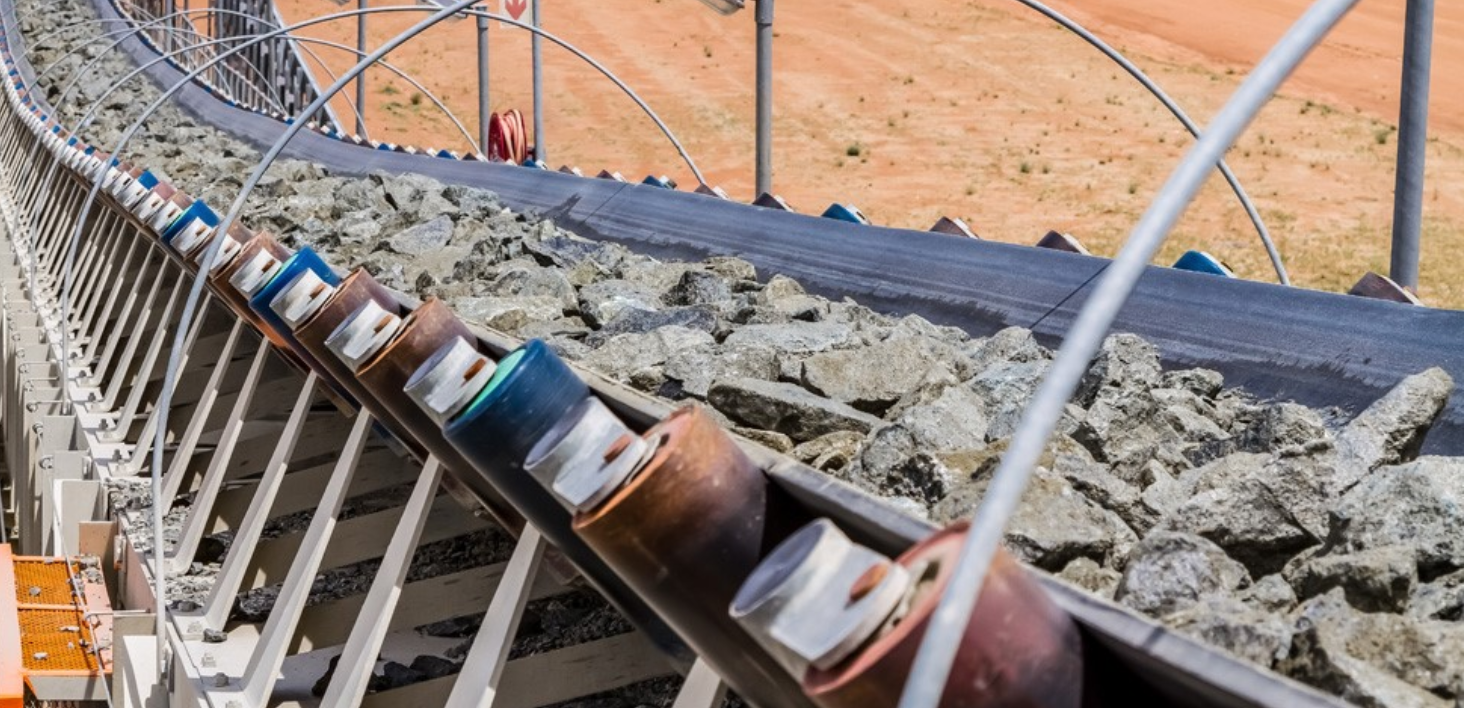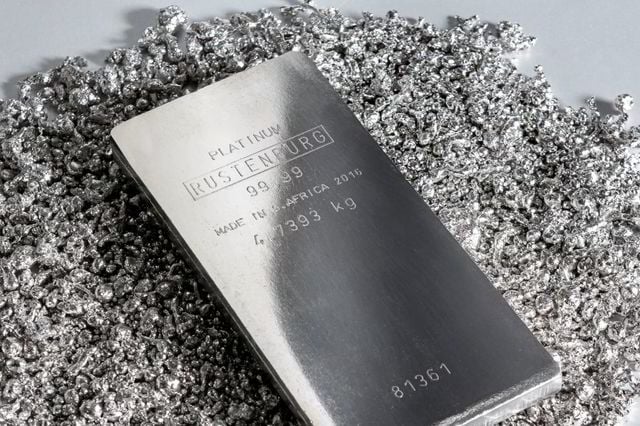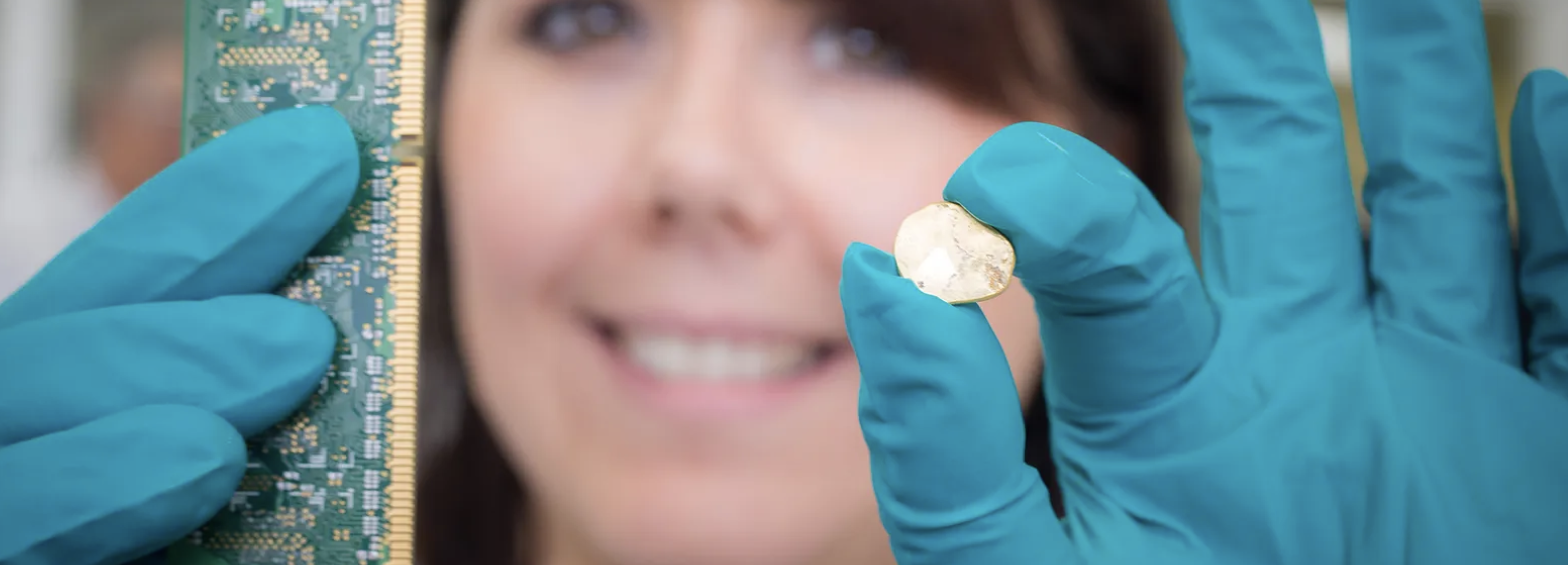Hydrogen Central: Energy Transition to Trigger Huge Growth In Platinum for Hydrogen – IEF

Platinum, a metal more than 30 times rarer than gold, has emerged as a critical mineral in the global energy transition. The energy transition calls for a transformation that will leave no sector untouched. The transition requires renewable power to expand rapidly along with supporting infrastructure: grid-scale batteries, electrolyzers, EV chargers, and more.
This is already stoking demand for certain metals, often referred to as critical minerals or energy transition metals. Platinum, among the rarest of these, is invaluable in making electrolyzers and fuel cells cost competitive. But if supply – currently extremely limited – cannot be increased to meet demand, it could pose a challenge to the transition.
Unlocking clean hydrogen
Platinum’s role in the energy transition could lie in making clean hydrogen technologies commercially viable.
Clean hydrogen can be made from decarbonized gas or manufactured using an electrolyzer powered by renewables, to split water into hydrogen and oxygen. There are various types of electrolyzer on the market, but according to the IEA, hydrogen project developers are increasingly favoring proton exchange membrane (PEM) electrolysis, which is more efficient than alternatives such as alkaline electrolysis. Many PEM electrolyzers use platinum to make extremely high-performance catalysts.
Hydrogen has the potential to displace carbon-intensive fuels, transforming industries that are difficult to decarbonize, including steelmaking and heavy-duty transport. Clean hydrogen remains comparatively expensive, however. When made from renewables, the cost is estimated at €3 to €8/kg compared with €1 to €2/kg for fossil fuel-derived hydrogen. Today, it only makes up a sliver of the overall hydrogen market (0.04 percent in 2021). The efficiency and longevity of platinum-based PEM electrolyzers could therefore play an important part in pushing down the cost of clean hydrogen.
But this precious metal will be more useful in the energy transition in more ways than one. Platinum – already used to reduce transport emissions with catalytic converters in cars – is also found in PEM fuel cells. These operate like PEM electrolyzers in reverse to combine hydrogen and oxygen, also using platinum as a catalyst.
A precious metal
Demand for platinum remains modest, although this is likely to change as pressure to decarbonize mounts. Research suggests that platinum will be in strong demand, with platinum-based PEM technologies alone having the potential to deliver 11 percent of global CO2 emissions reductions required by the Paris Agreement by 2030.
The US, EU, and China have all recognized platinum as strategically important for the energy transition and have policies to stimulate demand. In the US, for instance, the Inflation Reduction Act aims to accelerate clean hydrogen production and fuel cell EV adoption and includes a generous tax incentive for low-carbon hydrogen. Meanwhile, the EU’s REPowerEU effort aims to expand clean hydrogen capacity to 80GW by 2030 (doubling its previous target). According to the World Platinum Investment Council, this global push could make clean hydrogen production the largest source of platinum demand by 2040, accounting for as much as 35 percent of demand.
Scarce supplies
Today’s supplies of platinum are too meagre to meet ambitious climate targets. The International Renewable Energy Agency estimates current supplies will allow for annual PEM electrolyzer manufacturing capacity of just 3-7.5GW. This is not nearly enough to reach the IEA’s proposed minimum total installed capacity of 134GW by 2030 – and there is no sign so far that supply might expand to meet projected demand.
Supply-demand gaps are a larger problem affecting all energy transition metals, the extraction of which have a disproportionate impact on some of the world’s poorest people. The situation is especially serious for platinum, however, which is sourced from a very small number of countries – South Africa alone accounts for more than 70 percent of global platinum supplies, and the country’s mining industry is facing ongoing challenges, from frequent strikes to disputes over environmental impacts.
Given limited and inelastic supply chains, mounting demand for platinum is likely to cause price volatility in the coming years. At stake is the commercial viability of clean hydrogen and fuel cells, while R&D into other green technologies could be impeded. This is to say nothing of the potential geopolitical conflict that could emerge from the rush to secure platinum and other critical minerals.
Platinum-based PEM technology could be a powerful tool in the energy transition, making clean hydrogen and fuel cells more competitive. However, unless action is taken to address the supply-demand gap, scarcity of this precious metal could threaten decarbonization goals.




